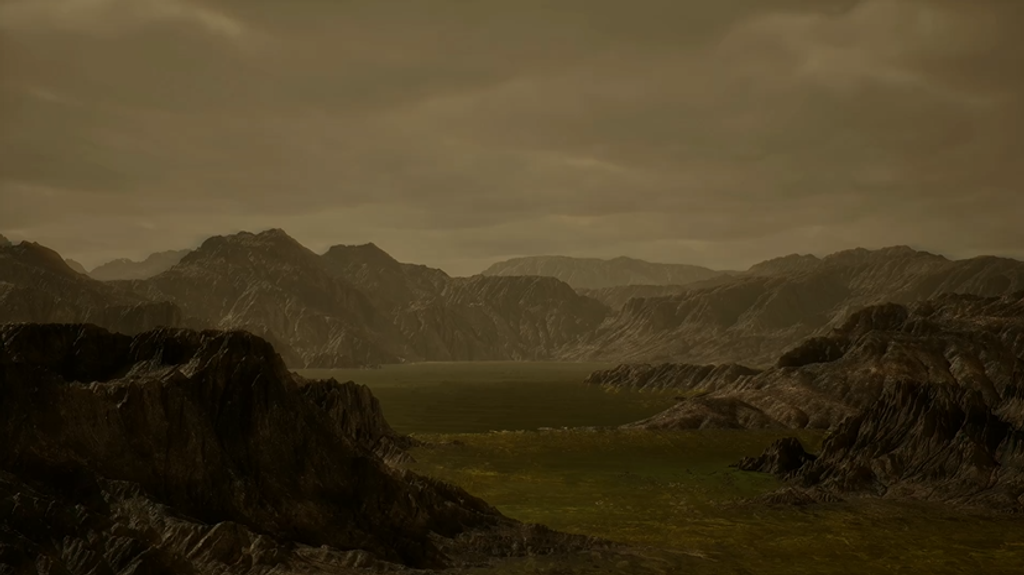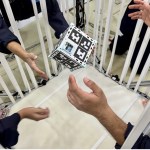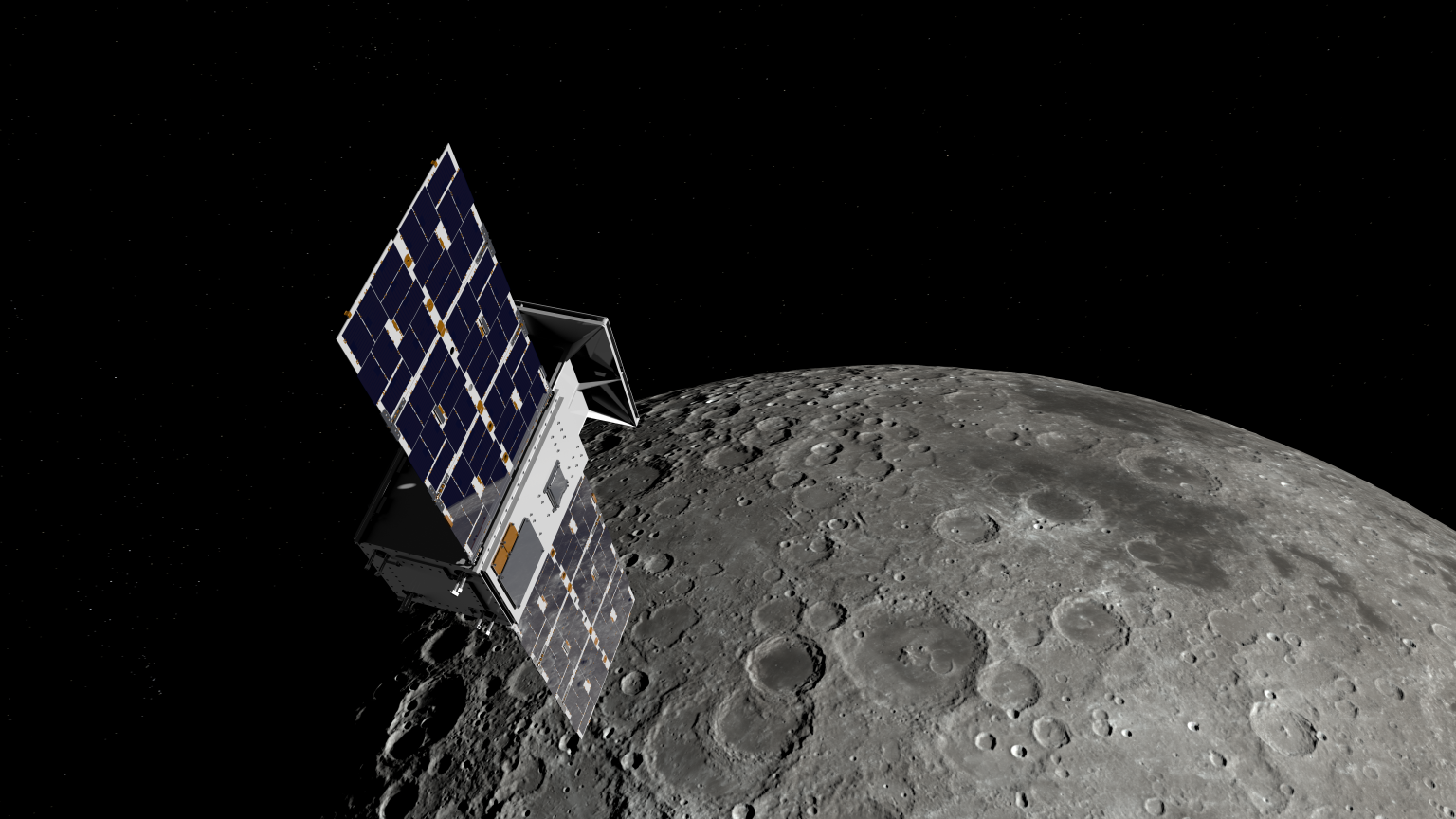FLIGHT OPPORTUNITIES COMMUNITY OF PRACTICE WEBINAR
Journey to the Lunar Surface: From Suborbital Flight Testing to Moon Mission
August 7, 2024
Speakers
- Frank Moreno, NASA’s Commercial Lunar Payload Services Program
- Farzin Amzajerdian, Ph.D., NASA’s Langley Research Center
- Greg Zimmerli, Ph.D., NASA’s Glenn Research Center
Abstract
Join us this month to hear how two technologies that advanced through the Flight Opportunities program were part of the nation’s first landing on the lunar surface in 50+ years. The Intuitive Machines Nova-C lander called Odysseus touched down on the Moon on Feb. 22 as part of the IM-1 mission with NASA’s Commercial Lunar Payload Services (CLPS) program. Through conversation with Flight Opportunities team members, principal investigators of navigation doppler lidar and radio frequency mass gauge technologies will speak about how they matured their technologies through suborbital flight testing before heading to the Moon for further demonstration. CLPS representatives will also join the webinar to provide an overview of the program, which supports the delivery of science and technology payloads to the lunar surface for testing, and how researchers can engage.
Speaker Bios
Farzin Amzajerdian, Ph.D., has been working on lidar-related technologies for nearly four decades starting at graduate school. He has been working at NASA’s Langley Research Center since 2001, leading several lidar-related projects for global measurements of the Earth and Mars atmosphere and for aiding planetary landing missions. He is currently serving as the principal investigator for Navigation Doppler Lidar and Terrain Sensing Lidar projects aimed at enabling precision safe landing on planetary bodies. Dr. Amzajerdian is a fellow of the International Society for Optics and Photonics (SPIE). He has chaired several international laser and lidar conferences and authored or co-authored over 170 publications and 15 patents.
Greg Zimmerli, Ph.D., is a northeast Ohio native who completed his undergraduate studies in physics at Cleveland State University, where he started his low-temperature physics career, then went on to Penn State for his graduate studies. In 1992, after completing a post-doctoral position at the National Institute of Standards and Technology in Boulder, Colorado, he returned to northeast Ohio to begin working at NASA in the Microgravity Sciences Division. Between 1994 and 2003, he participated in microgravity fluids experiments that flew on several space shuttle flights. He is the inventor of a low-gravity cryogenic propellant gauge called the Radio Frequency Mass Gauge, or RFMG, which is analogous to a fuel gauge for tanks in low gravity. The RFMG flew on the International Space Station in 2018 as part of the Robotic Refueling Mission 3 payload and more recently on the 2024 Intuitive Machines mission to the moon (known as IM-1).





































